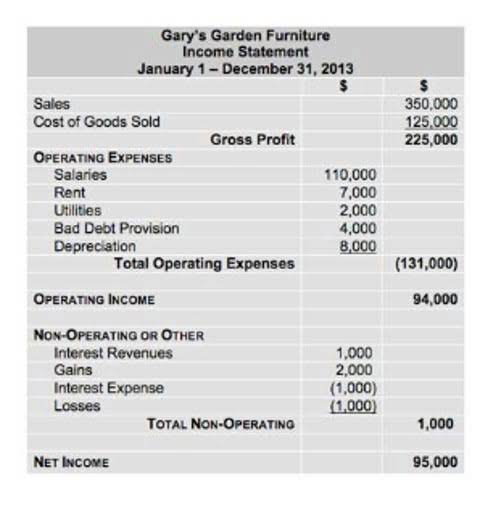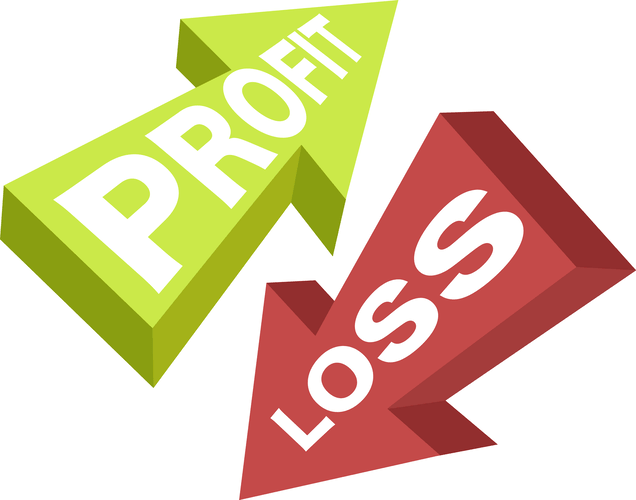

The store purchased shirts on March 5th and March 15th and sold some of the inventory on March 25th. The company’s bookkeeping total inventory cost is $13,100, and the cost is allocated to either the cost of goods sold balance or ending inventory. Two hundred fifty shirts are purchased, and 120 online bookkeeping are sold, leaving 130 units in ending inventory. Assume that the sporting goods store sells the 250 baseball gloves in goods available for sale.
In that sense, we will see a smaller ending inventory during inflation compared to a non-inflationary period. With perpetual LIFO, the last costs available at the time of the sale are the first to be removed from the Inventory account and debited to the Cost of Goods Sold account. Since this is the perpetual system we cannot wait until the end of the year to determine the last cost (as is done with periodic LIFO). An entry is needed at the time of the sale in order to reduce the balance in the Inventory account and to increase the balance in the Cost of Goods Sold account. The FIFO and LIFO compute the different cost of goods sold balances, and the amount of profit will be different on December 31st, 2021.
The $1.25 loaves would be allocated to ending inventory (on the balance sheet). It divides the total cost by the total number of units to determine the average cost per unit. When items are sold or used, the software applies this average cost to calculate the cost of goods sold (COGS) for those units. To calculate inventory costs using the LIFO method, inventory management software tracks the costs of the most recent inventory purchases and matches them against revenue first. You may have noticed that perpetual inventory gave you a slightly lower cost of goods sold that periodic did. Under periodic, you wait until the end of the period and then take the most recent purchases, but under perpetual, we take the most recent purchases at the time of the sale.

For example, a company that sells seafood products would not realistically use their newly-acquired inventory first in selling and shipping their products. In other words, the seafood company would never leave their oldest inventory sitting idle since the food could spoil, leading to losses. It’s estimated that inventory distortion (the combined cost of lost sales from out-of-stock issues and the discounts required to sell overstocks) causes around $1.1 trillion of loss worldwide each year. Maybe you’ve got a wide catalogue of products or maybe you just have one that you want to stay on top of.

When costs are rising, LIFO will give the highest cost of goods sold and the lowest gross profit. LIFO will also result in lower taxes than the other inventory methods. If we apply the periodic method, we will not concern ourselves with when purchases and sales occur during the period. We will simply assume that the earliest units acquired by the shop are still in inventory. The earliest unit is the single unit in the opening inventory and therefore the remaining two units will be assumed to be from the current month's purchase. When the inventory units sold during a day are less than the units purchased on the same day, we will need to assign cost based on the previous day’s inventory balance.

Kristin is a Certified Public Accountant with 15 years of experience working with small business owners in all aspects of business building. In 2006, she obtained her MS in Accounting and Taxation and was diagnosed with Hodgkin's Lymphoma two months later. Instead of focusing on the fear and anger, she started her accounting and consulting firm. In the last 10 years, she has worked with clients all over the country and now sees her diagnosis as an opportunity that opened doors to a fulfilling life. Kristin is also the creator of Accounting In Focus, a website for students taking accounting courses. Since 2014, she has helped over one million students succeed in their accounting classes.
We would then take the 90 units from January 22nd, and 50 units from January 12th. FIFO is more common, however, because it’s an internationally-approved accounting methos and businesses generally want to sell oldest inventory first before bringing in new stock. Once the value of ending inventory is found, the calculation of cost of sales and gross profit is pretty straight forward.
Under perpetual we had some units left over from January 22nd, which we did not have under periodic. The last units in were from January 26th, so we use those first, but we still need an additional 30. Since we are how to calculate lifo using LIFO, we must take the last units in, which would be the units from January 12th. Then we would take the remaining 15 units needed from beginning inventory.